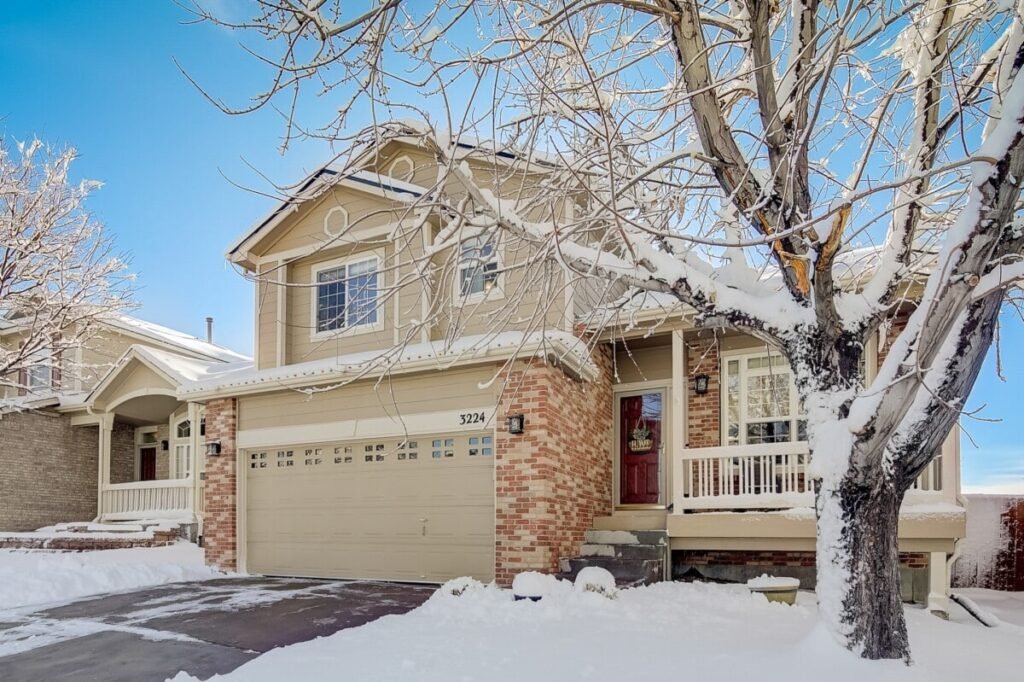Dealing with mold in a home or rental property can be a major headache. Unfortunately, it’s a problem that can pop up unexpectedly and is challenging to prevent completely. There are various factors that can contribute to the growth of mold, making it a common issue for landlords and tenants to address.
If mold is discovered in a rental property, swift action is necessary to ensure the health and safety of the occupants. It is the landlord’s responsibility to address mold issues promptly, as part of their duty to provide a habitable living environment for tenants.
Understanding Landlord Responsibilities Regarding Mold
Landlords are typically accountable for addressing mold problems in rental properties, given their ownership and management responsibilities. Educating tenants on mold prevention and early detection is essential to minimize the risks associated with mold growth.
Upon receiving a report of mold from a tenant, landlords are usually required to investigate the issue within 14 days. Subsequently, they must take action to remediate the mold problem within 30 days.
Steps for Mold Removal in Rental Properties
When dealing with mold, it’s crucial to not only remove visible traces but also address the root cause of the problem. This may involve repairing leaks or improving ventilation to prevent moisture accumulation that fuels mold growth.
For extensive mold infestations, seeking professional assistance is advisable to ensure thorough removal and mitigation of the issue. Investing in professional mold removal services can prevent future complications and maintain a healthy living environment.

Tips for Preventing Mold Growth
Prevention is key when it comes to mold control in rental properties. Landlords and tenants can work together to minimize moisture levels and improve ventilation to discourage mold growth. Regular inspections for leaks and prompt reporting of any signs of mold are essential preventive measures.
Maintaining Adequate Airflow and Ventilation
Ensuring proper airflow and ventilation in moisture-prone areas like bathrooms can help prevent mold formation. Installing dehumidifiers in humid climates can also aid in reducing excess moisture in the air.
Promptly Addressing Leaks
Regularly checking for and fixing leaks is crucial in preventing mold growth. Immediate repair of leaks, regardless of their size, can prevent mold from thriving in damp environments.
Educating Tenants About Mold Prevention
Tenant education on mold prevention can contribute to maintaining a mold-free rental property. Encouraging tenants to report any mold sightings promptly can aid in early intervention and mitigation of mold issues.
Prioritizing Property Maintenance and Vigilance
By staying proactive and vigilant in property maintenance, landlords and tenants can create a safe and healthy living environment. Regular checks for mold and swift action in addressing any issues can help prevent major mold problems in rental properties.


